The narrow streets of Hanoi hum with the rhythmic sounds of motorbikes and the occasional clink of metal spoons against glass. But beneath this urban symphony lies a deeper, more aromatic heartbeat – the city's profound coffee culture. Unlike the hurried takeaway cups of Western metropolises, coffee in Hanoi is an experience to be savored, a ritual that unfolds in slow motion amidst the chaos of daily life.
Walking through the Old Quarter, one quickly realizes that coffee here isn't merely a beverage – it's a social institution. Tiny plastic stools spill onto sidewalks where generations of Hanoians have gathered to discuss everything from politics to poetry over tiny cups of ca phe sua da (iced coffee with condensed milk). The air carries the distinctive chocolatey aroma of robusta beans, grown in Vietnam's Central Highlands and roasted with a touch of butter or vanilla for that signature Hanoi flavor profile.
The French may have introduced coffee to Vietnam in the 19th century, but the Vietnamese made it distinctly their own. During periods of milk scarcity, they substituted sweetened condensed milk, creating what would become one of the world's most beloved coffee preparations. Today, this ingenuity continues in back-alley cafes where third-generation coffee masters experiment with aging beans in whiskey barrels or blending them with unexpected ingredients like egg yolk or yogurt.
The Theater of Preparation
At legendary establishments like Cafe Giang, the making of ca phe trung (egg coffee) becomes performance art. A whisk clatters against glass as egg yolks and condensed milk transform into a velvety foam that tops the dark, intense coffee beneath. The first sip delivers a surprising harmony – the bitterness of robusta perfectly balanced by the rich, custard-like topping. Nearby, at Cafe Dinh, the same recipe has been guarded like a state secret since 1979, served in unmarked second-floor rooms that only locals and determined travelers manage to find.
For the purists, ca phe den (black coffee) offers the unadulterated essence of Vietnamese coffee. Served either hot or iced, this simple preparation allows the quality of the beans and roast to shine. At Cong Caphe, a chain that nostalgically channels 1960s Hanoi, the coffee arrives with a small timer – three minutes for the perfect extraction from the stainless steel phin filter that sits atop every glass.
Beyond the Bean
The physical spaces of Hanoi's coffee culture tell their own stories. The grand colonial-era cafes along tree-lined boulevards whisper of a bygone era, their high ceilings and slow-turning fans transporting patrons to the 1920s. Meanwhile, the hidden courtyard cafes accessed through narrow alleyways offer oases of calm, where the only sounds are the dripping of coffee filters and the occasional rustle of newspaper pages.
Modern interpretations of the coffee house have emerged in recent years, blending tradition with contemporary aesthetics. Places like Loading T Cafe combine vintage communist memorabilia with specialty coffee preparations, while The Note Cafe covers every surface with colorful post-it messages left by visitors from around the world. Yet even these newer establishments maintain the unhurried pace that defines Hanoi's coffee culture – nobody here would dream of rushing a customer out the door.
A Liquid Timeline
To truly understand Hanoi's relationship with coffee, one must explore its evolution. The story begins in the French colonial period, when elegant cafes served as gathering places for intellectuals and artists. During the subsidy period following the American War, coffee became a rare luxury, leading to creative substitutions and brewing methods. The Đổi Mới economic reforms of the 1980s brought a resurgence of coffee culture, with families reviving old recipes and techniques.
Today, Hanoi stands at an interesting crossroads – while global coffee chains have made inroads, the local coffee culture remains vibrantly resistant to homogenization. Young entrepreneurs are opening microroasteries focusing on single-origin arabica, while simultaneously paying homage to traditional robusta preparations. The result is a coffee scene that honors its past while thoughtfully embracing innovation.
The true magic of Hanoi's coffee culture lies not just in the cup, but in the spaces between sips – the conversations sparked, the ideas exchanged, the friendships formed over tiny tables. It's a culture that measures time not in minutes, but in the slow drip of a phin filter, in the gradual melting of ice cubes in a glass, in the lingering aftertaste of a perfectly balanced brew. To experience Hanoi through its coffee is to understand the city's soul – complex, bittersweet, and utterly captivating.
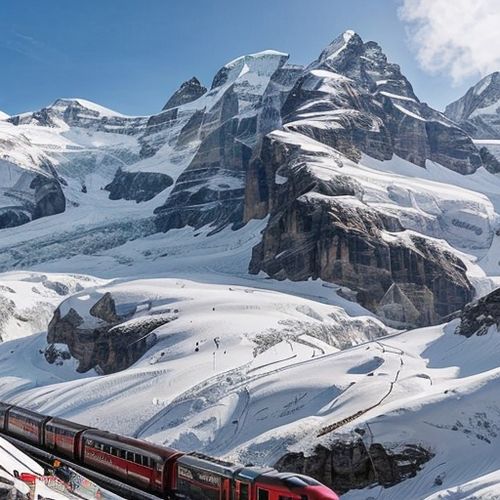
By Eric Ward/Apr 11, 2025

By Laura Wilson/Apr 11, 2025
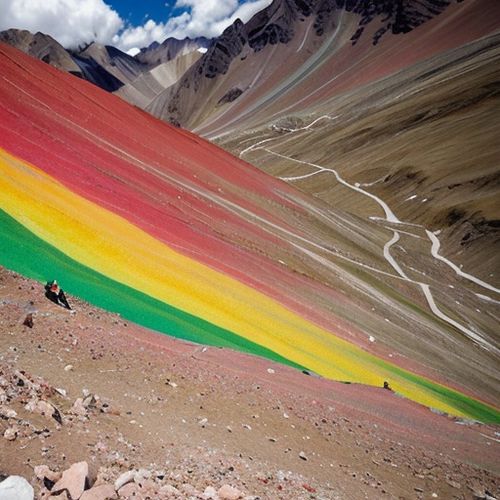
By Jessica Lee/Apr 11, 2025
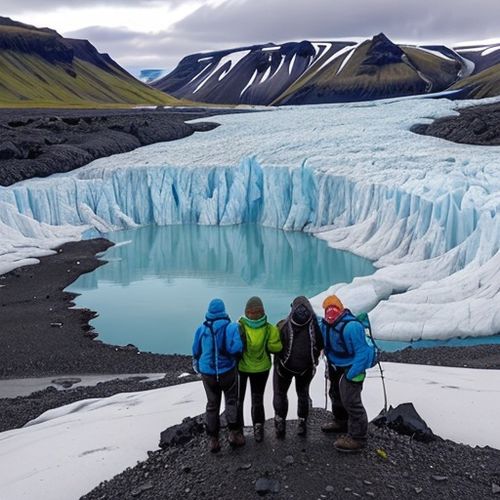
By Christopher Harris/Apr 11, 2025
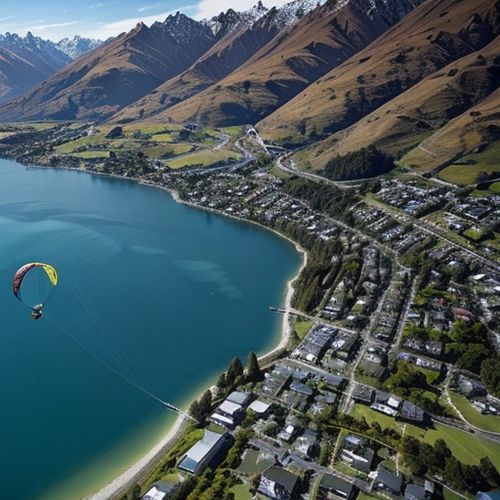
By Michael Brown/Apr 11, 2025
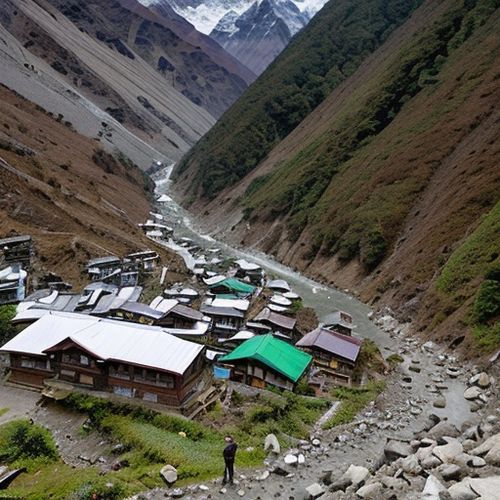
By Victoria Gonzalez/Apr 11, 2025
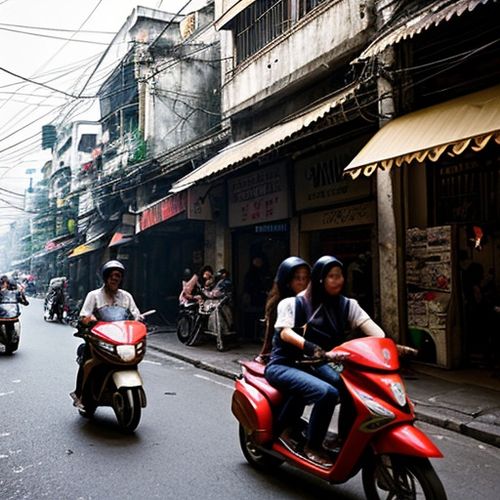
By Daniel Scott/Apr 11, 2025
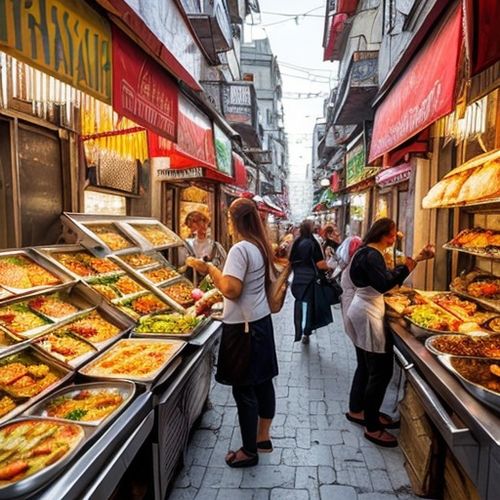
By Natalie Campbell/Apr 11, 2025
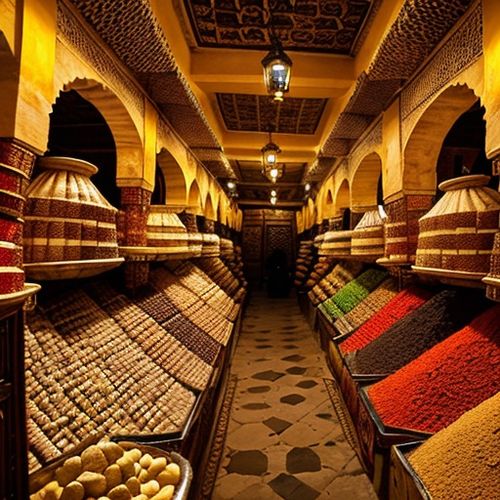
By Daniel Scott/Apr 11, 2025
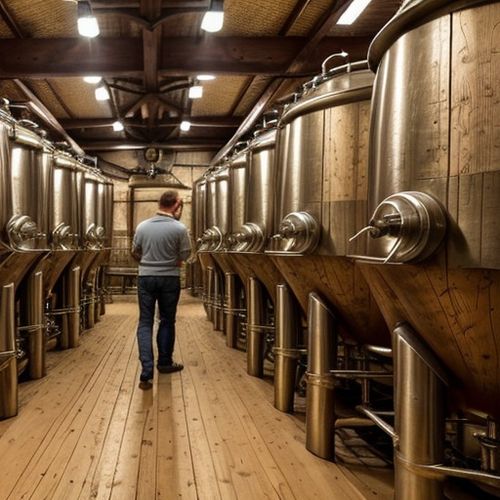
By Joshua Howard/Apr 11, 2025
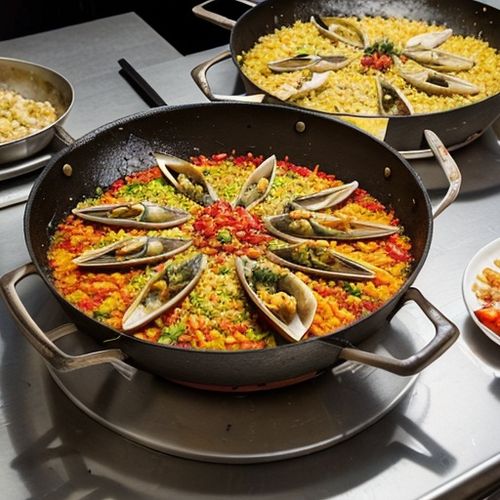
By Christopher Harris/Apr 11, 2025
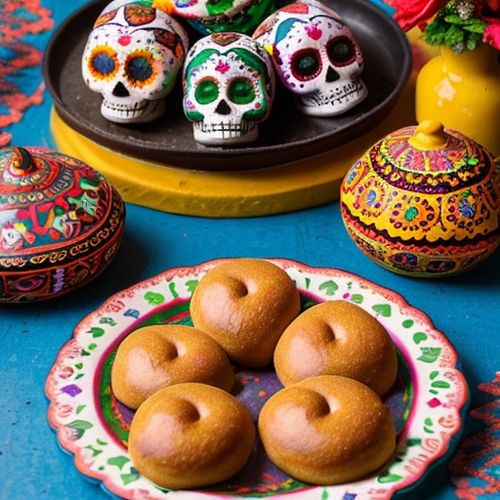
By Amanda Phillips/Apr 11, 2025
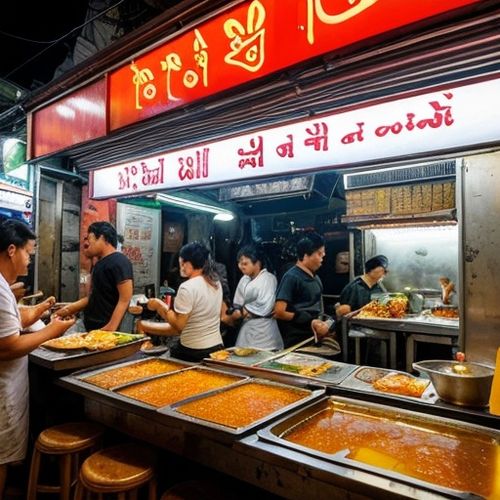
By Rebecca Stewart/Apr 11, 2025

By Amanda Phillips/Apr 11, 2025
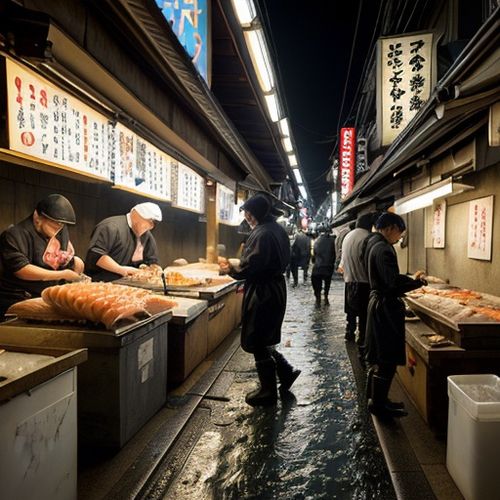
By Megan Clark/Apr 11, 2025
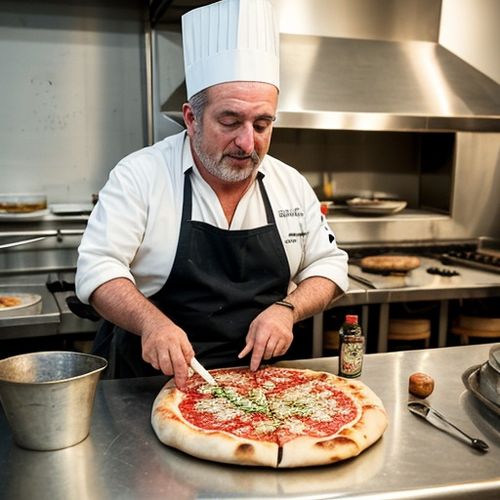
By Olivia Reed/Apr 11, 2025

By Jessica Lee/Apr 11, 2025
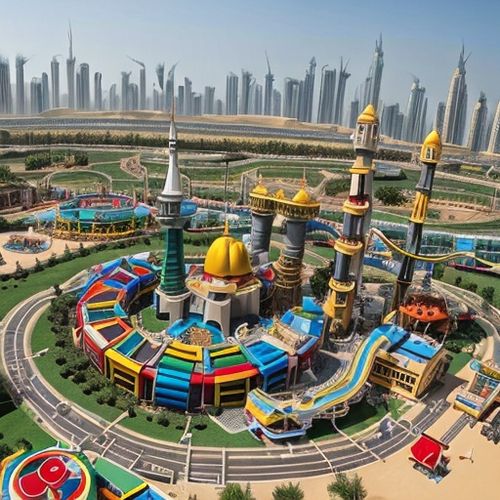
By Grace Cox/Apr 11, 2025

By Rebecca Stewart/Apr 11, 2025

By Olivia Reed/Apr 11, 2025